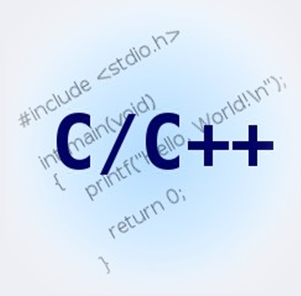As a web programmer, one thing that helps me to quickly develop web applications is to use a standard application framework that is flexible and robust. Furthermore, like to use code generators to construct code for custom software build for my customer. My strongest code generators create code for interacting with the local database devoted to my site.
Normally, it is bad practice to replicate code when doing development. However, there are particular cases when this could be beneficial and help out with creating dynamic web applications. Here, we will discuss some of the numerous applications that have found useful and how you can use them to your own small business.
Object-Oriented Classes
One way apply code reuse is using object-oriented layout. For my data access layer produce an abstract class which comprises the frequent functionality. Next create derived classes that implement the specific procedures that are required for the entity model typically a database.
These derived classes have different areas which represent the fields defined for the table. They also contain mappings for the key keys, any related fields that are recovered from related tables, and custom methods for querying the database. The concept is that each the database calls are encapsulated in the data access layer classes. These derived classes have sufficient similarities between one another that it made sense for us to create a code generator to create these files in the database schema.
How to Generate Code On Your Intranet
On our intranet, we have the code created connected directly To our database management programs. Once an administrator is seeing a table schema, they have a button on the bottom of the screen to create the code for our data access layer. When the user presses this button, the code is instantly created and the user can click anywhere on the code to pick the code block and then copy it to the clipboard.
The procedure for generating c++ obfuscator code is surprisingly straightforward. We simply Retrieve the schema from the database and from that we specify all of the macros that are required to substitute into a code template. These macros include things like the script name, database name, primary key fields, public areas, private areas, and a generated class name.

The code is output to the display as pre-formatted text. This is a web form where the user can tweak some of the macro values which were generated. After making changes to those values, they can click on a submit button that regenerates the code using the custom macro values. Obviously this step is optional. The user can simply choose to copy all the program code and paste it into their code editor and keep making changes that way.
